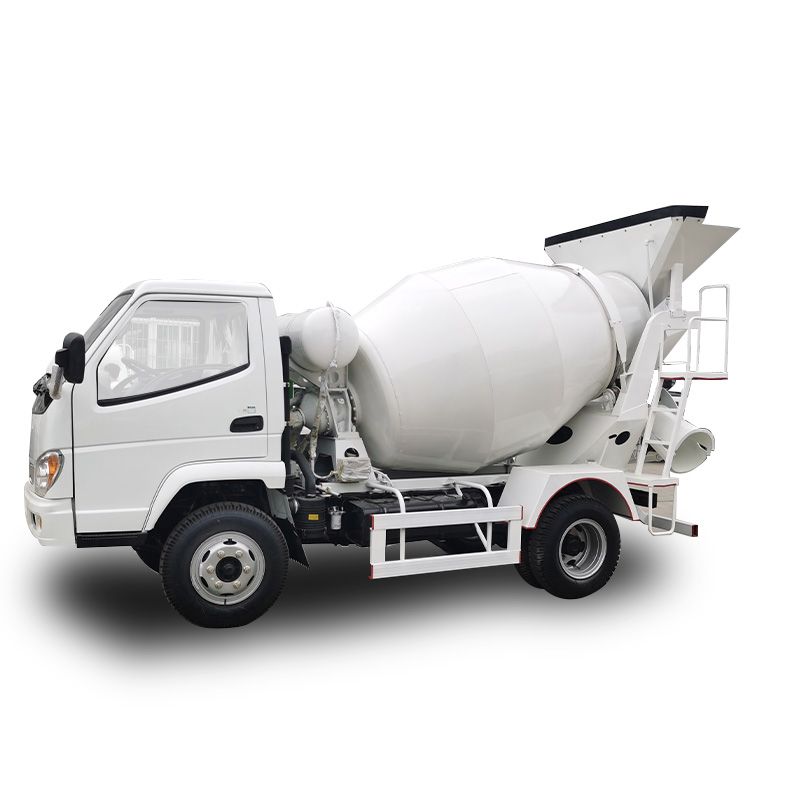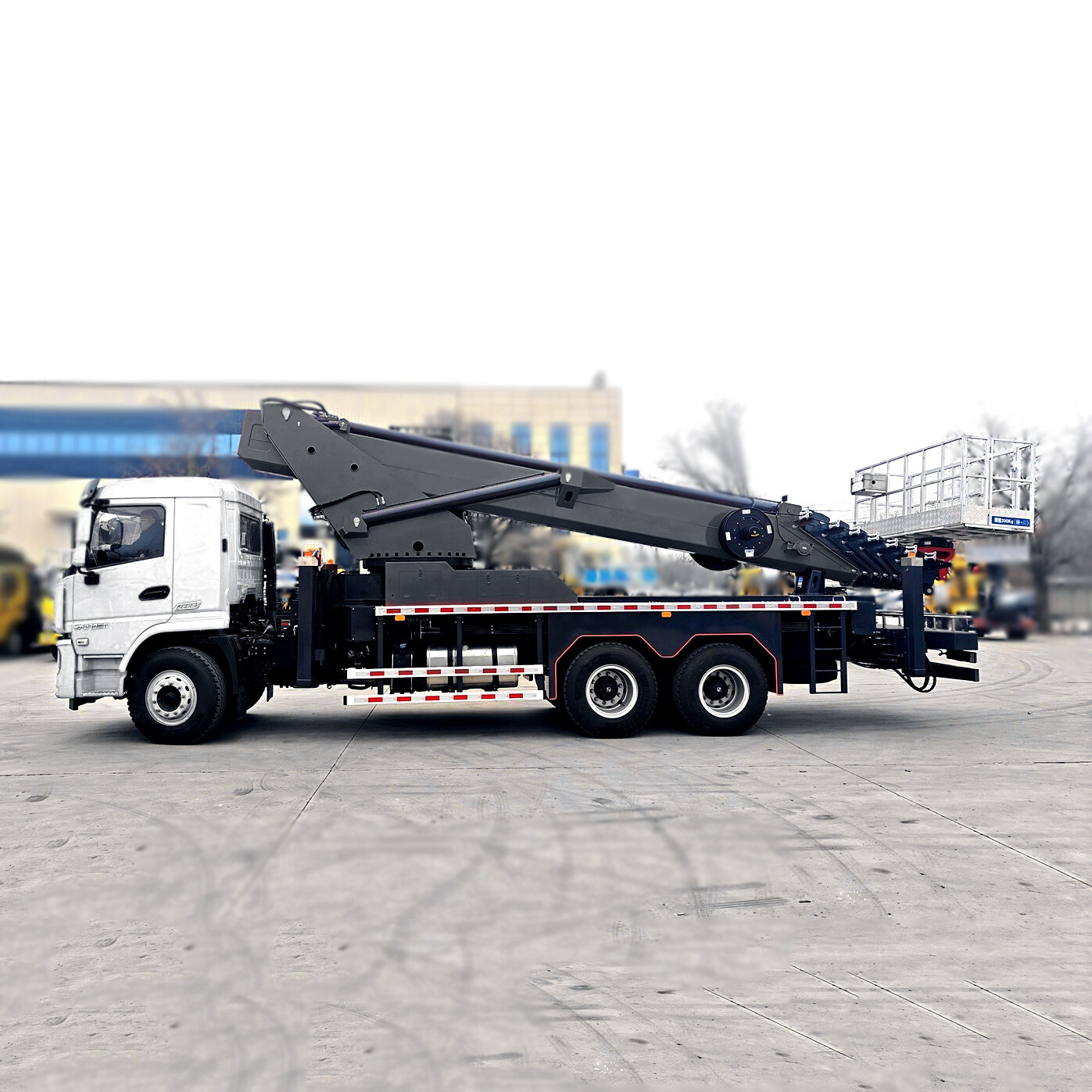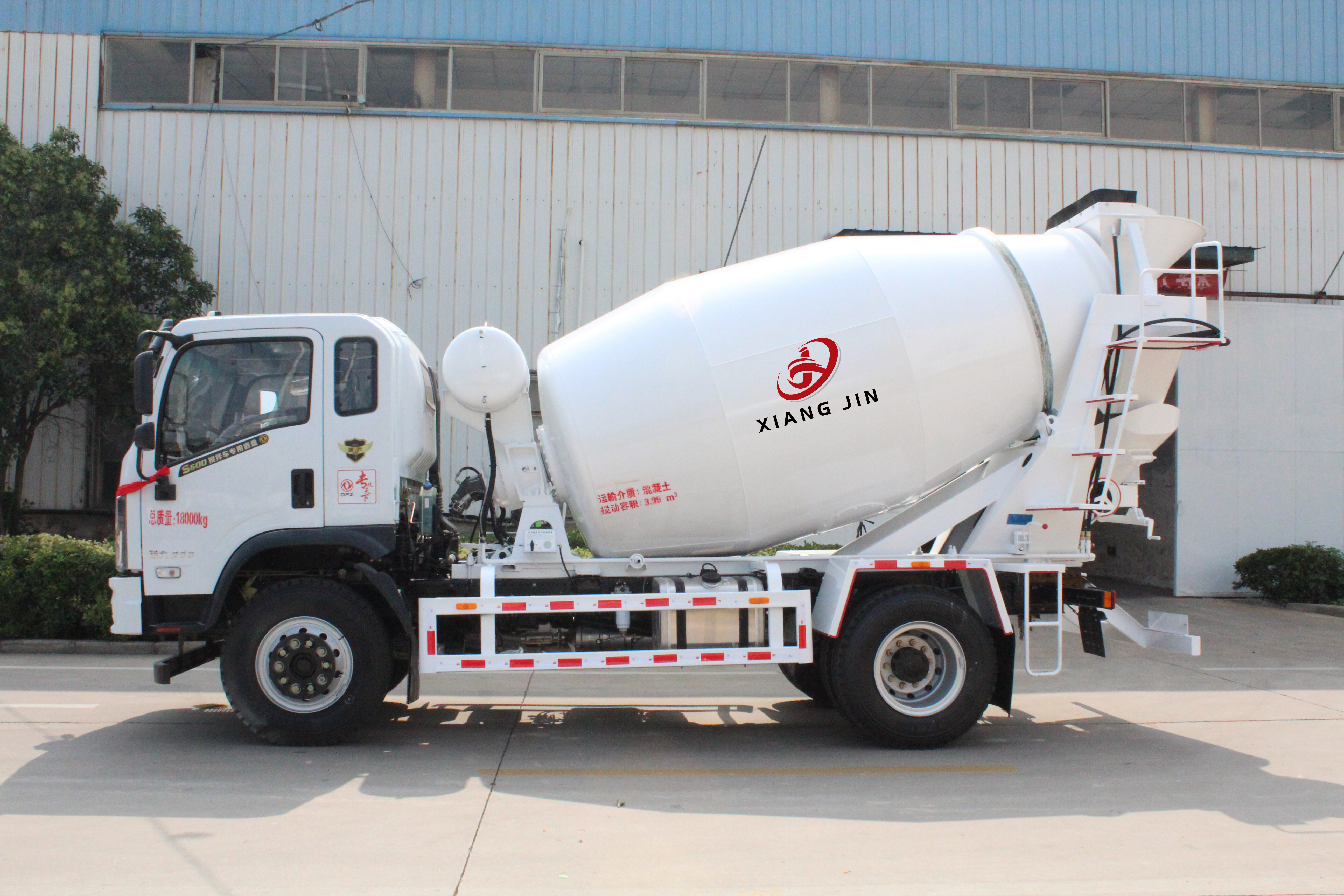BLOG
14TON Truck Crane: Safety Tips for Operators
Essential Safety Tips for Operating a 14TON Truck Crane
Operating a 14TON Truck Crane is a high-responsibility task that demands meticulous attention to safety protocols. Whether you're lifting heavy construction materials or positioning equipment, adhering to best practices ensures both efficiency and safety. Below are critical safety tips every crane operator should follow.
1. Pre-Operation Inspection
Before starting any lifting operation, conduct a thorough inspection of the crane. This includes checking:
- Hydraulic systems for leaks or pressure issues
- Wire ropes and hooks for signs of wear or damage
- Outriggers and stabilizers to ensure they are fully extended and secure
- Control systems for responsiveness and accuracy
Refer to the manufacturer's manual for a detailed checklist. Regular inspections help prevent mechanical failures during operation.
2. Load Management
Proper load management is crucial to avoid accidents. Follow these guidelines:
Always use a load chart to verify the crane's capacity under current conditions, including boom length and angle.
3. Worksite Safety
The worksite environment plays a significant role in crane safety. Key considerations include:
- Ground Conditions: Ensure the ground is level and stable. Soft or uneven terrain can lead to tipping.
- Overhead Hazards: Check for power lines, trees, or other obstacles that could interfere with the crane's movement.
- Weather Conditions: High winds, rain, or lightning can compromise safety. Postpone operations if conditions are unfavorable.
4. Operator Training and Certification
Only certified operators should handle a 14TON Truck Crane. Proper training ensures:
- Understanding of load dynamics and crane mechanics
- Ability to respond to emergencies, such as sudden load shifts or mechanical failures
- Compliance with OSHA, ANSI, or other relevant safety standards
Regular refresher courses keep operators updated on the latest safety protocols and technological advancements.
5. Emergency Protocols
Despite precautions, emergencies can occur. Establish clear procedures for:
- Load Drops: Designate a safe zone and ensure all personnel know evacuation routes.
- Crane Malfunctions: Shut down the crane immediately and follow troubleshooting guidelines.
- Medical Emergencies: Keep first aid kits and emergency contact numbers accessible.
Why Choose Our 14TON Truck Cranes?
Our 14TON Truck Cranes are engineered for durability, precision, and safety. Key features include:
- Advanced hydraulic systems for smooth operation
- Robust construction meeting international safety standards (EN, ASTM)
- User-friendly controls with fail-safe mechanisms
For expert advice or to explore our range of heavy equipment, contact our team today. Safety and performance are our top priorities.
Leave A Reply
We specialize in Aerial work platform truck, Concrete mixer truck, Truck crane, Concrete mixer Drum, Spider crane, Dumper truck, Road sweeper, Laser levelling machine, Pneumatic crane, Wheel loader and so on.
Contact
Get a Quote



